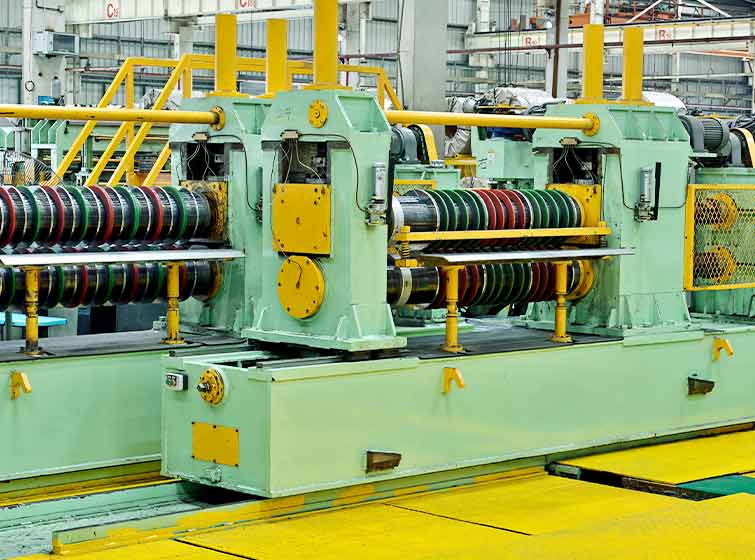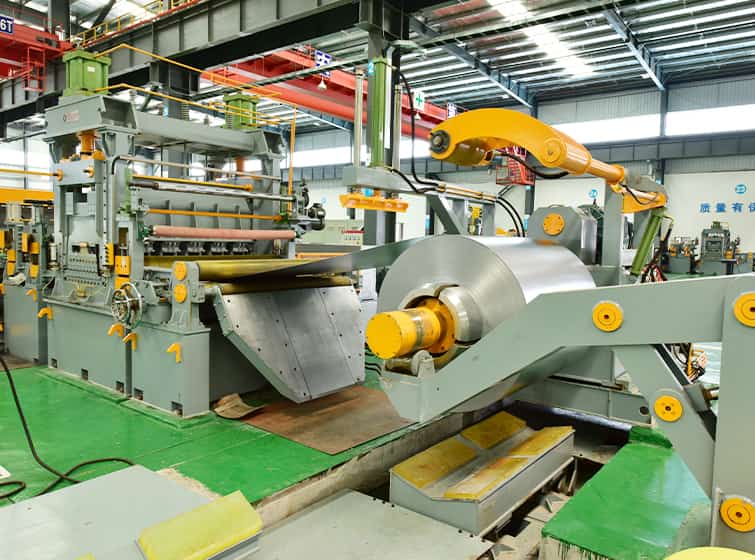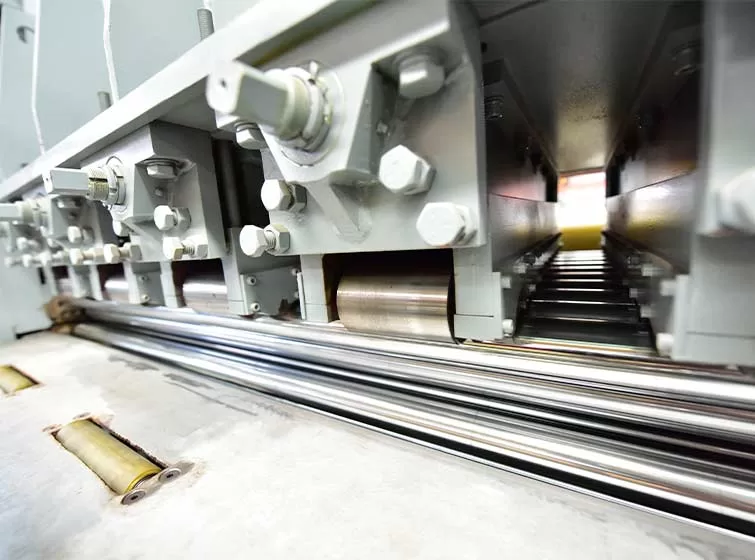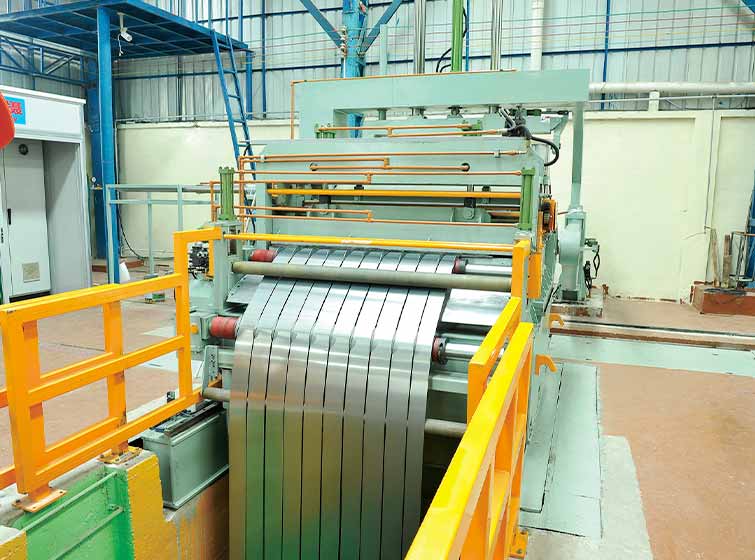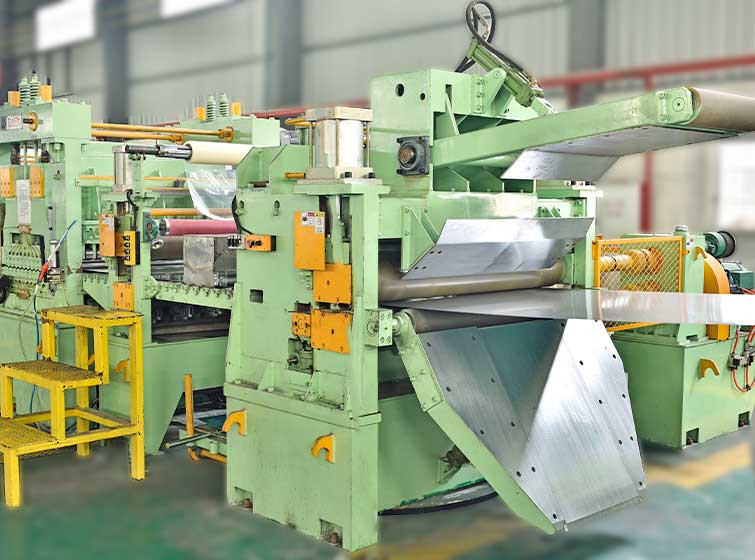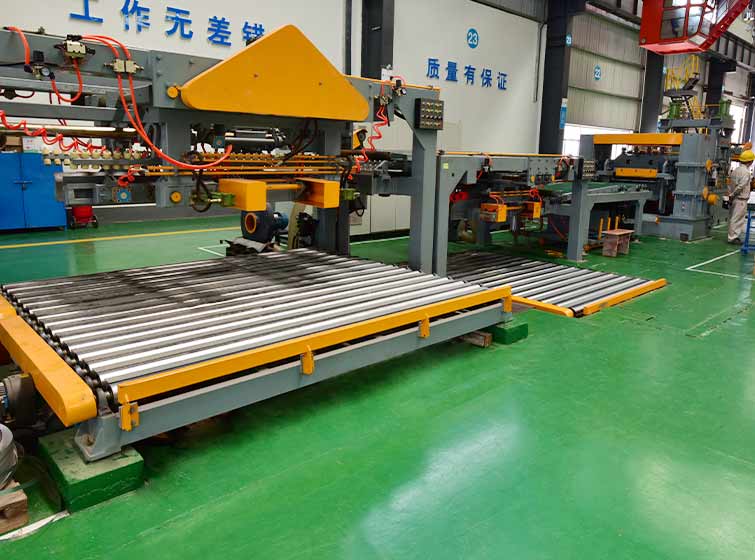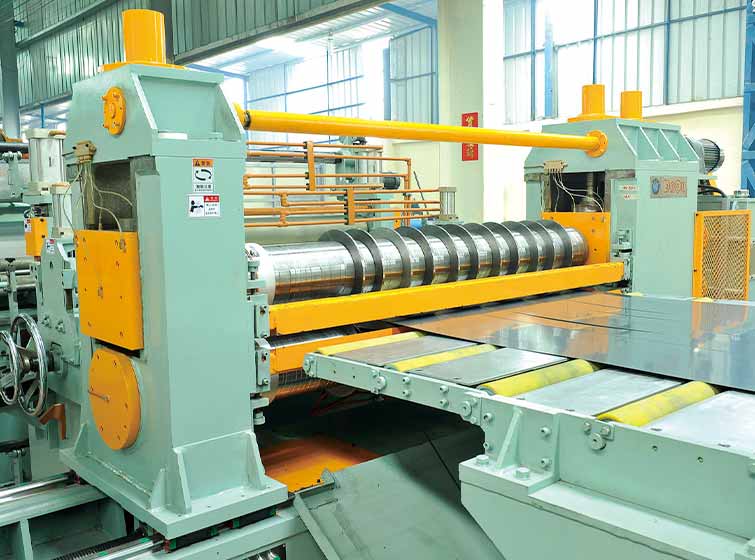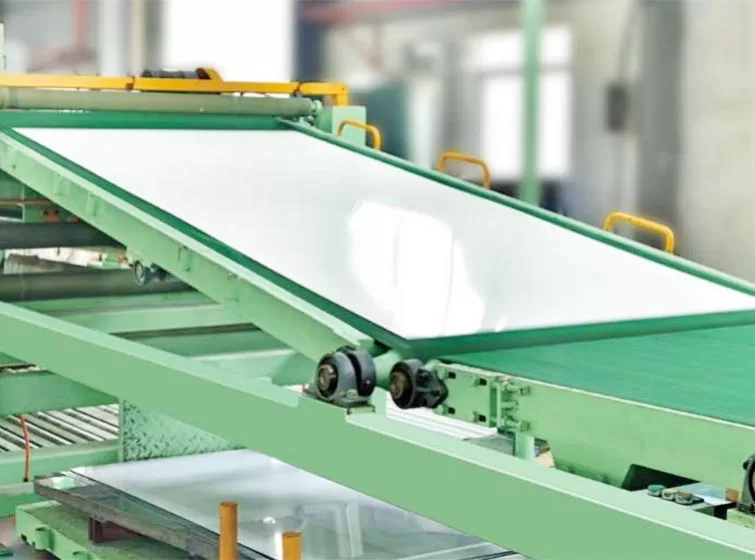Products
How to Optimize Performance with Steel Coil Cut-to-Length Lines
The efficiency of steel coil cut-to-length lines is crucial for steel processing operations. Optimizing their performance can significantly improve productivity, reduce costs, and enhance overall competitiveness. Here are several key aspects to consider:
Line Configuration and Design
The layout and design of the line greatly influence its performance. Optimal line configuration minimizes material handling, reduces setup times, and ensures smooth operation. Factors to consider include the number of cut-to-length stations, the speed of the uncoiler and recoiler, and the automation level. By optimizing these elements, businesses can maximize throughput and minimize downtime.
Coil Handling and Preparation
Proper coil handling is essential for preventing damage and ensuring accurate cutting. Implementing automated coil loading and unloading systems can reduce manual labor and improve safety. Additionally, using coil preparation equipment, such as leveling and edge trimming machines, can ensure that the coils are ready for cutting, reducing the risk of errors and rework.
Cutting Accuracy and Consistency
Precise and consistent cut lengths are vital for meeting customer specifications and minimizing material waste. Maintaining sharp blades and regularly calibrating the cutting equipment is crucial. In addition, investing in advanced control systems that use laser measurements and automatic adjustments can significantly improve cutting accuracy and consistency.
Automation and Control
Automation plays a critical role in optimizing cut-to-length line performance. Automating processes such as coil loading, cutting, and stacking can reduce labor costs, improve efficiency, and enhance safety. Implementing advanced control systems that monitor and adjust line parameters in real-time can stabilize the operation and minimize variances.
Maintenance and Preventative Care
Regular maintenance is essential for ensuring optimal performance and longevity of cut-to-length lines. Establishing a comprehensive maintenance program that includes periodic equipment inspections, lubrication, and component replacements can prevent breakdowns and extend the life of the equipment. Additionally, implementing preventative maintenance strategies, such as vibration analysis and predictive maintenance, can identify potential issues before they become major problems.
Monitoring and Performance Analysis
Continuous monitoring of line performance is crucial for identifying areas for improvement. Collecting data on production rates, downtime, and quality metrics allows businesses to analyze trends, identify bottlenecks, and implement corrective actions. By embracing data-driven decision-making, manufacturers can optimize their cut-to-length lines for maximum efficiency and profitability.
